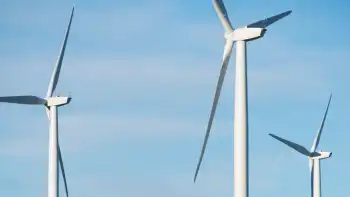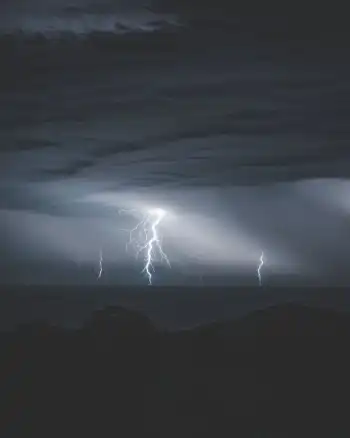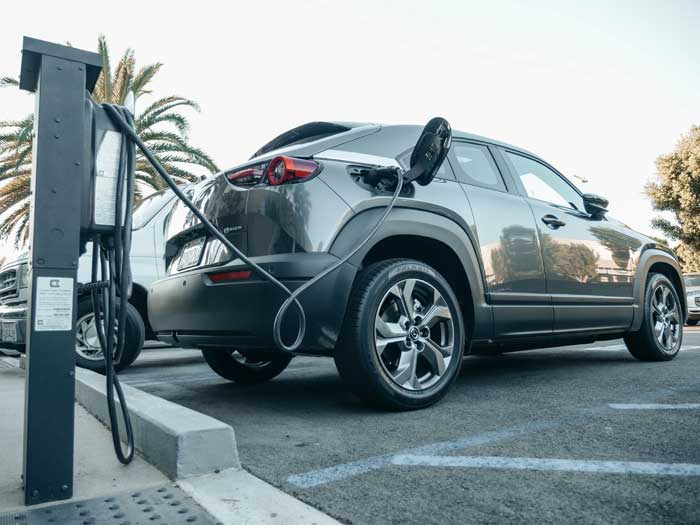Doug Ford's New Stance on Wind Power in Ontario

CSA Z463 Electrical Maintenance -
Our customized live online or in‑person group training can be delivered to your staff at your location.

- Live Online
- 6 hours Instructor-led
- Group Training Available
Ontario Wind Power Policy Shift signals renewed investment in renewable energy, wind farms, and grid resilience, aligning with climate goals, lower electricity costs, job creation, and turbine technology for cleaner, diversified power.
Key Points
A provincial pivot to expand wind energy, meet climate goals, lower costs, and boost jobs across Ontario’s power system.
✅ Diversifies Ontario's grid with scalable renewable capacity.
✅ Targets emissions cuts while stabilizing electricity prices.
✅ Spurs rural investment, supply chains, and skilled jobs.
Ontario’s energy landscape is undergoing a significant transformation as Premier Doug Ford makes a notable shift in his approach to wind power. This change represents a strategic pivot in the province’s energy policy, potentially altering the future of Ontario’s power generation, environmental goals, and economic prospects.
The Backdrop: Ford’s Initial Stance on Wind Power
When Doug Ford first assumed the role of Premier in 2018, his administration was marked by a strong stance against renewable energy projects, including wind power, with Ford later saying he was proud of tearing up contracts as part of this shift. Ford’s government inherited a legacy of ambitious renewable energy commitments from the previous Liberal administration under Kathleen Wynne, which had invested heavily in wind and solar energy. The Ford government, however, was critical of these initiatives, arguing that they resulted in high energy costs and a surplus of power that was not always needed.
In 2019, Ford’s government began rolling back several renewable energy projects, including wind farms, and was soon tested by the Cornwall wind farm ruling that scrutinized a cancellation. This move was driven by a promise to reduce electricity bills and cut what was perceived as wasteful spending on green energy. The cancellation of several wind projects led to frustration among environmental advocates and the renewable energy sector, who viewed the decision as a setback for Ontario’s climate goals.
The Shift: Embracing Wind Power
Fast forward to 2024, and Premier Ford’s administration is taking a markedly different approach. The recent policy shift, which moves to reintroduce renewable projects, indicates a newfound openness to wind power, reflecting a broader acknowledgment of the changing dynamics in energy needs and environmental priorities.
Several factors appear to have influenced this shift:
-
Rising Energy Demands and Climate Goals: Ontario’s growing energy demands, coupled with the pressing need to address climate change, have necessitated a reevaluation of the province’s energy strategy. As Canada commits to reducing greenhouse gas emissions and transitioning to cleaner energy sources, wind power is increasingly seen as a crucial component of this strategy. Ford’s change in direction aligns with these national and global goals.
-
Economic Considerations: The economic landscape has also evolved since Ford’s initial opposition to wind power. The cost of wind energy has decreased significantly over the past few years, making it a more competitive and viable option compared to traditional energy sources, as competitive wind power gains momentum in markets worldwide. Additionally, the wind energy sector promises substantial job creation and economic benefits, which are appealing in the context of post-pandemic recovery and economic growth.
-
Public Opinion and Pressure: Public opinion and advocacy groups have played a role in shaping policy. There has been a growing demand from Ontarians for more sustainable and environmentally friendly energy solutions. The Ford administration has been responsive to these concerns, recognizing the importance of addressing public and environmental pressures.
-
Technological Advancements: Advances in wind turbine technology have improved efficiency and reduced the impact on wildlife and local communities. Modern wind farms are less intrusive and more effective, addressing some of the concerns that were previously associated with wind power.
Implications of the Policy Shift
The implications of Ford’s shift towards wind power are far-reaching. Here are some key areas affected by this change:
-
Energy Portfolio Diversification: By reembracing wind power, Ontario will diversify its energy portfolio, reducing its reliance on fossil fuels and increasing the proportion of renewable energy in the mix. This shift will contribute to a more resilient and sustainable energy system.
-
Environmental Impact: Increased investment in wind power will contribute to Ontario’s efforts to combat climate change. Wind energy is a clean, renewable source that produces no greenhouse gas emissions during operation. This aligns with broader environmental goals and helps mitigate the impact of climate change.
-
Economic Growth and Job Creation: The wind power sector has the potential to drive significant economic growth and create jobs. Investments in wind farms and associated infrastructure can stimulate local economies, particularly in rural areas where many wind farms are located.
-
Energy Prices: While the initial shift away from wind power was partly motivated by concerns about high energy costs, including exposure to costly cancellation fees in some cases, the decreasing cost of wind energy could help stabilize or even lower electricity prices in the long term. As wind power becomes a larger component of Ontario’s energy supply, it could contribute to a more stable and affordable energy market.
Moving Forward: Challenges and Opportunities
Despite the positive aspects of this policy shift, there are challenges to consider, and other provinces have faced setbacks such as the Alberta wind farm scrapped by TransAlta that illustrate potential hurdles. Integrating wind power into the existing grid requires careful planning and investment in grid infrastructure. Additionally, addressing local concerns about wind farms, such as their impact on landscapes and wildlife, will be crucial to gaining broader acceptance.
Overall, Doug Ford’s shift towards wind power represents a significant and strategic change in Ontario’s energy policy. It reflects a broader understanding of the evolving energy landscape and the need for a sustainable and economically viable energy future. As the province navigates this new direction, the success of this policy will depend on effective implementation, ongoing stakeholder engagement, and a commitment to balancing environmental, economic, and social considerations, even as the electricity future debate continues among party leaders.















